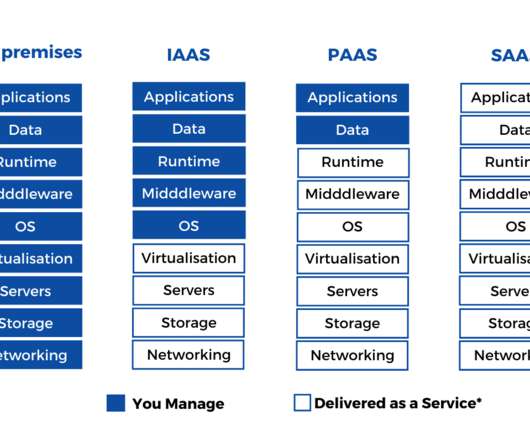How The Cloud Made ‘Data-Driven Culture’ Possible | Part 2: Cloud Adoption
BizAcuity
MAY 24, 2022
IaaS provides a platform for compute, data storage and networking capabilities. IaaS is mainly used for developing softwares (testing and development, batch processing), hosting web applications and data analysis. Medium and large enterprises could benefit from integrating all their data on the cloud.














Let's personalize your content